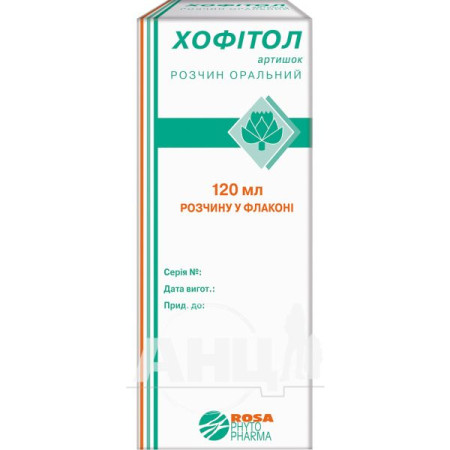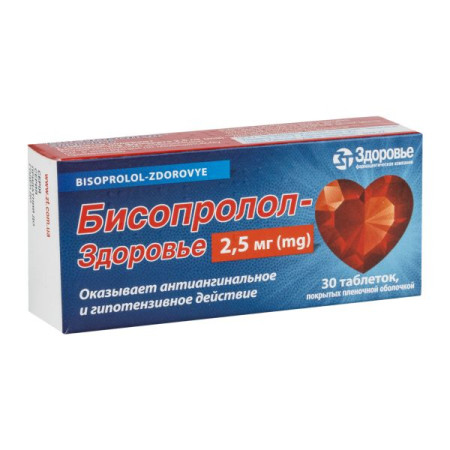Fenistil gel 0.1% tube 30 g

Instructions Fenistil gel 0.1% tube 30 g
Composition
active ingredient: dimethindene maleate;
1 g of gel contains 1 mg of dimethindene maleate;
excipients: benzalkonium chloride solution 50%, disodium edetate, carbomer, sodium hydroxide solution 30%, propylene glycol, purified water.
Dosage form
Gel.
Main physicochemical properties: Homogeneous gel from colorless to slightly yellowish, transparent or slightly opalescent.
Pharmacotherapeutic group
Antihistamines for topical use.
ATX code D04A A13.
Pharmacological properties
Pharmacodynamics.
Dimethindene maleate is a derivative of phenindene, a histamine antagonist at the level of H1 receptors. It has antiallergic and antipruritic effects. Thanks to the active substance - dimethindene maleate, which is part of the drug Fenistil gel, when applied to the skin, itching and irritation that accompany skin allergic reactions are reduced. The drug also has local anesthetic properties and cools the skin when applied.
When applied topically, the gel's specially formulated base allows the active ingredient to penetrate the skin quickly and begin to act within minutes. The maximum effect is achieved after 1–4 hours.
Pharmacokinetics.
The systemic bioavailability of the active substance is 10%.
Indication
Itching of the skin, for example from insect bites, non-extensive solar erythema, uncomplicated small skin burns and allergic irritations of small areas of the skin.
Contraindication
Hypersensitivity to any component of the drug.
Interaction with other medicinal products and other types of interactions
Drug interaction studies have not been conducted; however, since systemic absorption of dimethindene maleate when using this drug is extremely low, drug interactions with other drugs are unlikely.
Application features
The product contains benzalkonium chloride and propylene glycol, which may cause skin irritation.
The drug should not be used in the presence of a known allergy to insect bites. In this case, systemic drugs should be used.
The use of Fenistil gel should be avoided when large areas of skin are affected, especially in children or adolescents.
During treatment with the drug, prolonged exposure to the sun on the affected areas of the skin should be avoided.
In case of very severe itching or damage to a large area of skin, in addition to topical application of the drug, oral forms of the drug (Fenistil, oral drops) should also be used.
Use during pregnancy or breastfeeding
There are no clinical data on the use of the drug in pregnant women. The use of the drug during pregnancy in animal studies did not cause any harmful effects (either direct or indirect) on the course of pregnancy, fetal development, or the further development of the offspring. However, it is not recommended to use Fenistil gel during pregnancy, except in cases where the benefit of use outweighs the potential risk to the fetus. In this case, the use of the drug is possible only as prescribed by a doctor.
It is not recommended to apply Fenistil gel to large areas of skin, especially damaged or inflamed skin. The same applies to women who are breastfeeding. In addition, women who are breastfeeding should not apply the gel to the nipples of the mammary glands.
Ability to influence reaction speed when driving vehicles or other mechanisms
Dimethindene maleate when applied externally does not affect the reaction rate when driving or working with other mechanisms.
Method of administration and doses
Children under 2 years of age should only use the drug as directed by a doctor. Infants and young children should not use the drug on large areas of skin, especially damaged or inflamed skin.
Adults and children over 2 years of age should apply the gel to the affected areas of the skin 2–4 times a day. If the condition does not improve after 7 days of use, you should consult a doctor.
In case of very severe itching or damage to a large area, in addition to topical application of the drug, oral forms of the drug (Fenistil, oral drops) should also be used.
Children
Children under 2 years of age should only use the drug as directed by a doctor. Infants and young children should not use the drug on large areas of skin, especially damaged or inflamed skin.
Overdose
There have been no reports of overdose with the drug to date.
Some symptoms characteristic of overdose with systemic H1-antihistamines may occur: central nervous system depression accompanied by drowsiness (mainly in adults), central nervous system stimulation and antimuscarinic effects (especially in children and the elderly), including agitation, ataxia, hallucinations, tonic-clonic seizures, mydriasis, dry mouth, facial flushing, urinary disorders, fever, and hypotension is also possible.
In case of overdose, it is necessary to take measures recommended by the medical institution in accordance with the symptoms that occur.
Adverse reactions
The most common side effects are minor and short-term skin reactions at the application site. The product contains benzalkonium chloride and propylene glycol, which may cause skin irritation.
Possible side effects
Skin and connective tissue disorders:
Frequency not known (cannot be estimated from the available data): dry skin, burning sensation of the skin, allergic reactions including skin rash, itching and swelling, allergic dermatitis, urticaria*.
*Data obtained through post-marketing surveillance.
Expiration date
2 years.
Storage conditions
Store in a dry place at a temperature below 25 ° C. Keep out of the reach of children.
Packaging
30 g in tubes.
Vacation category
Without a prescription.
Producer
GSK Consumer Healthcare SARL / GSK Consumer Healthcare SARL.
Location of the manufacturer and address of its place of business
Route de l'Etraz, Nyon, 1260, Switzerland.
There are no reviews for this product.
There are no reviews for this product, be the first to leave your review.
No questions about this product, be the first and ask your question.





